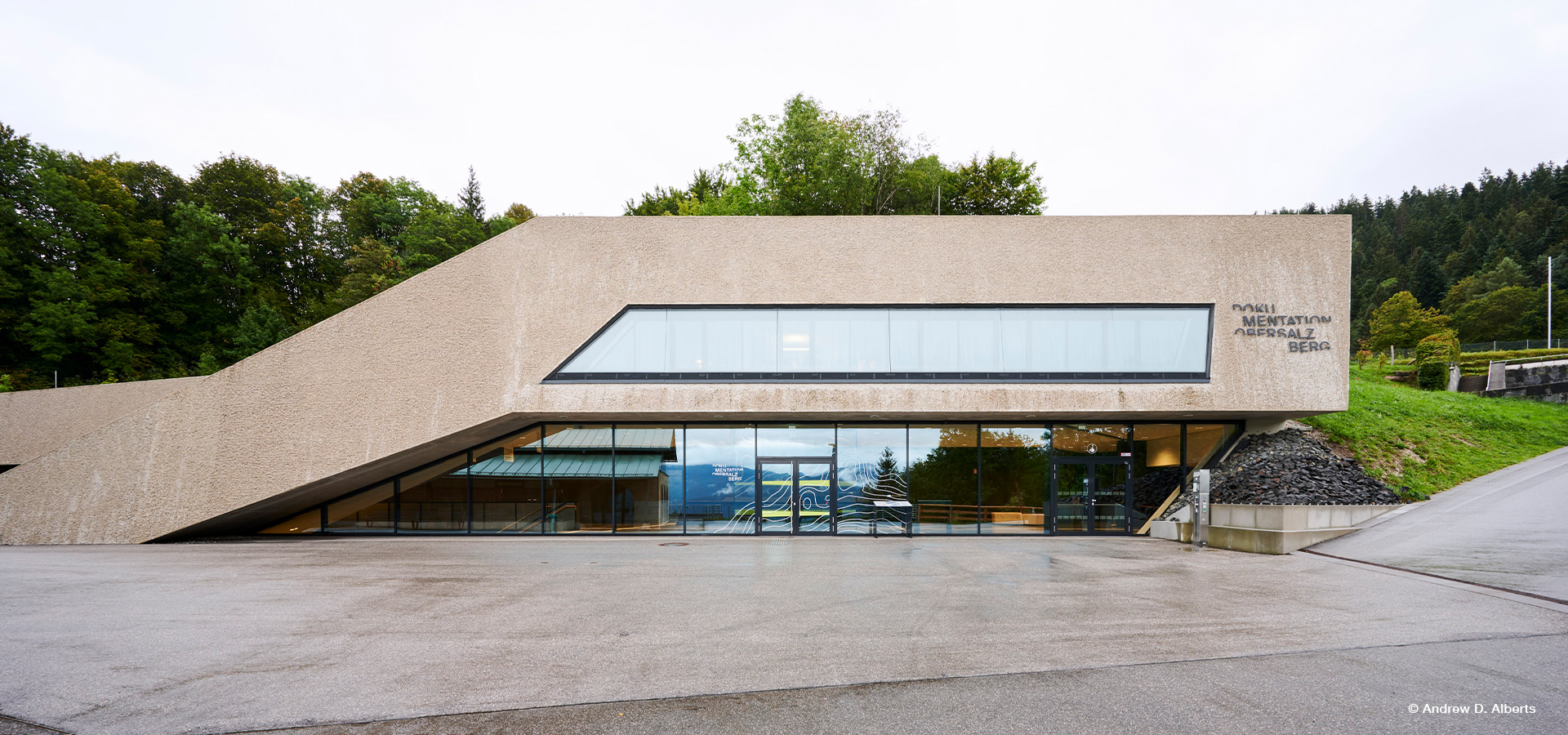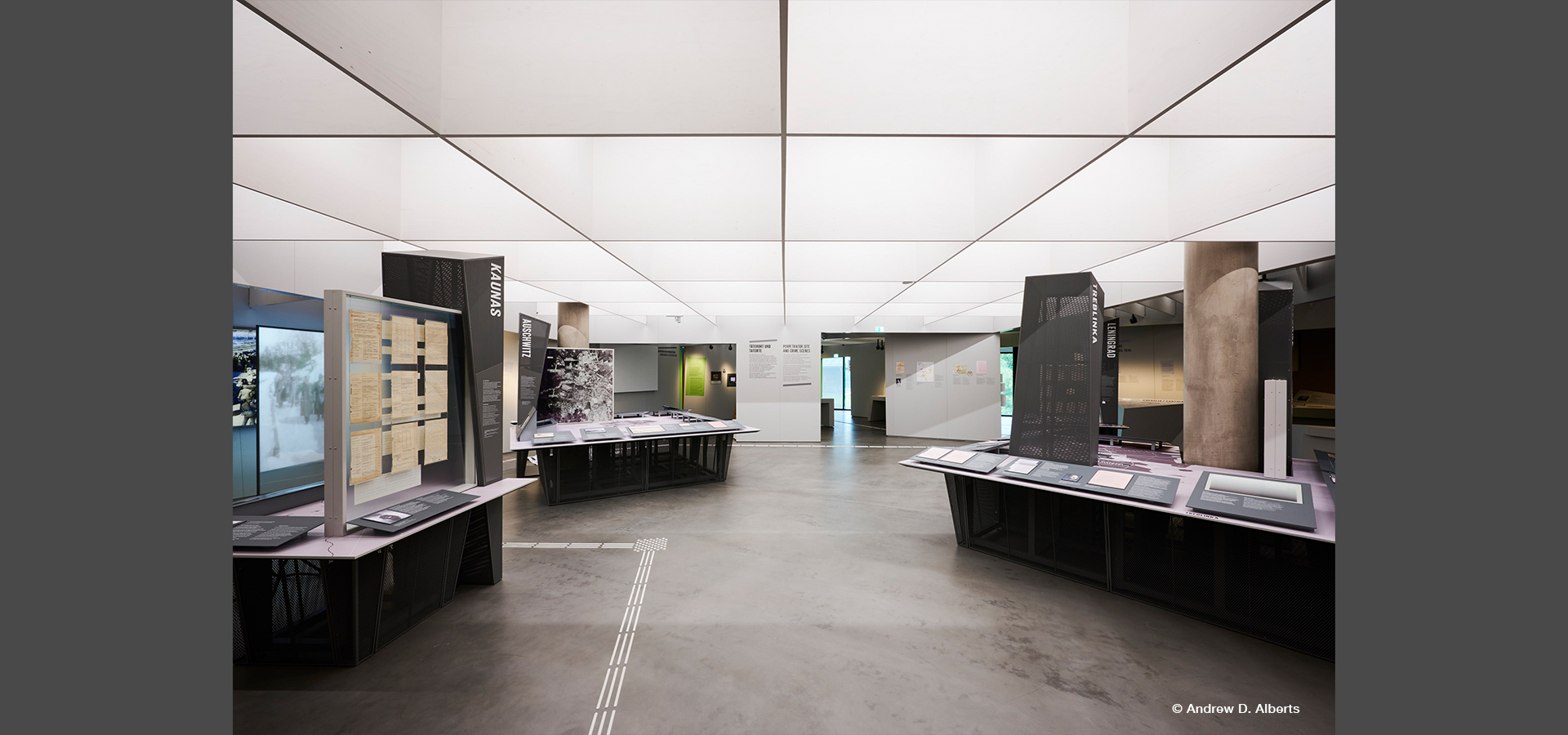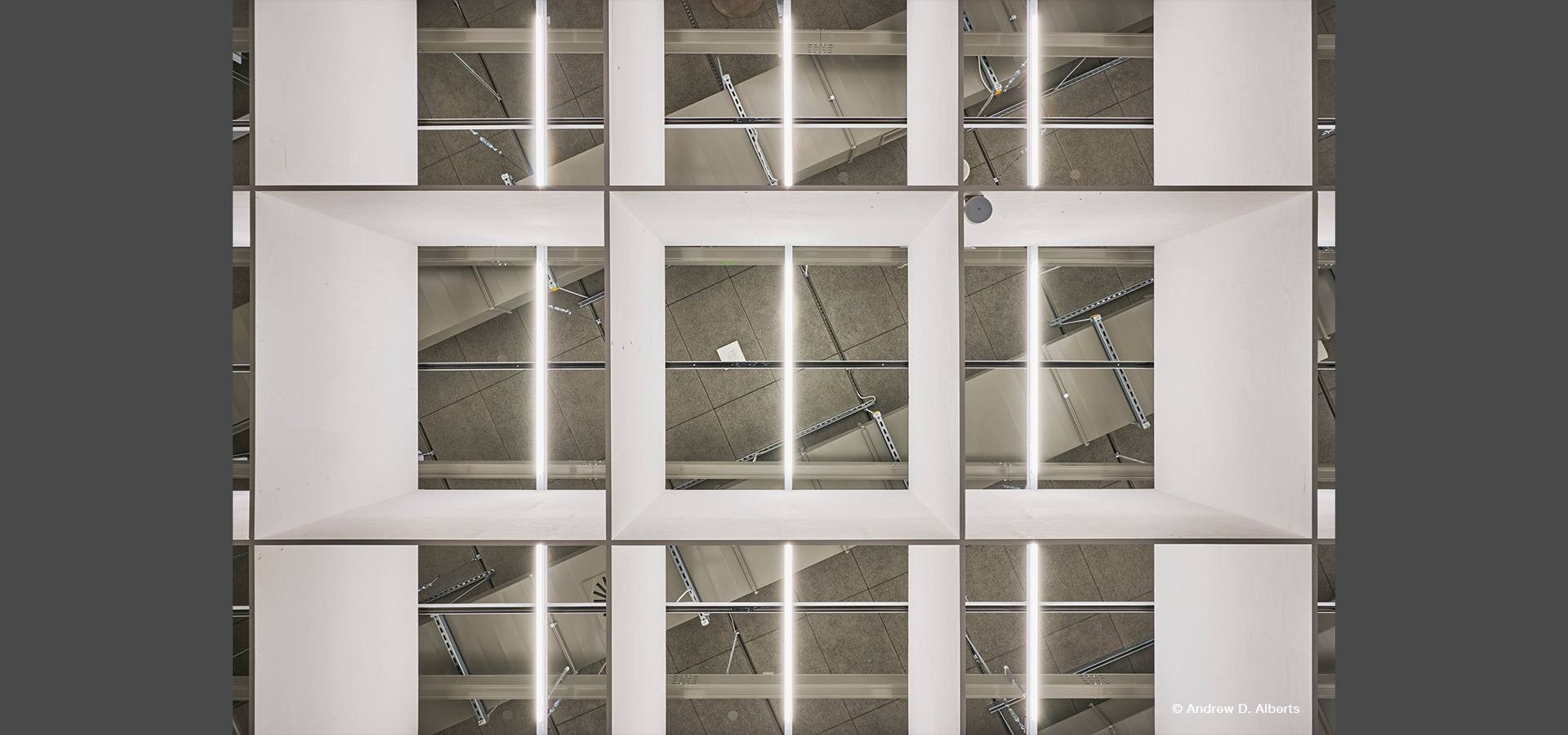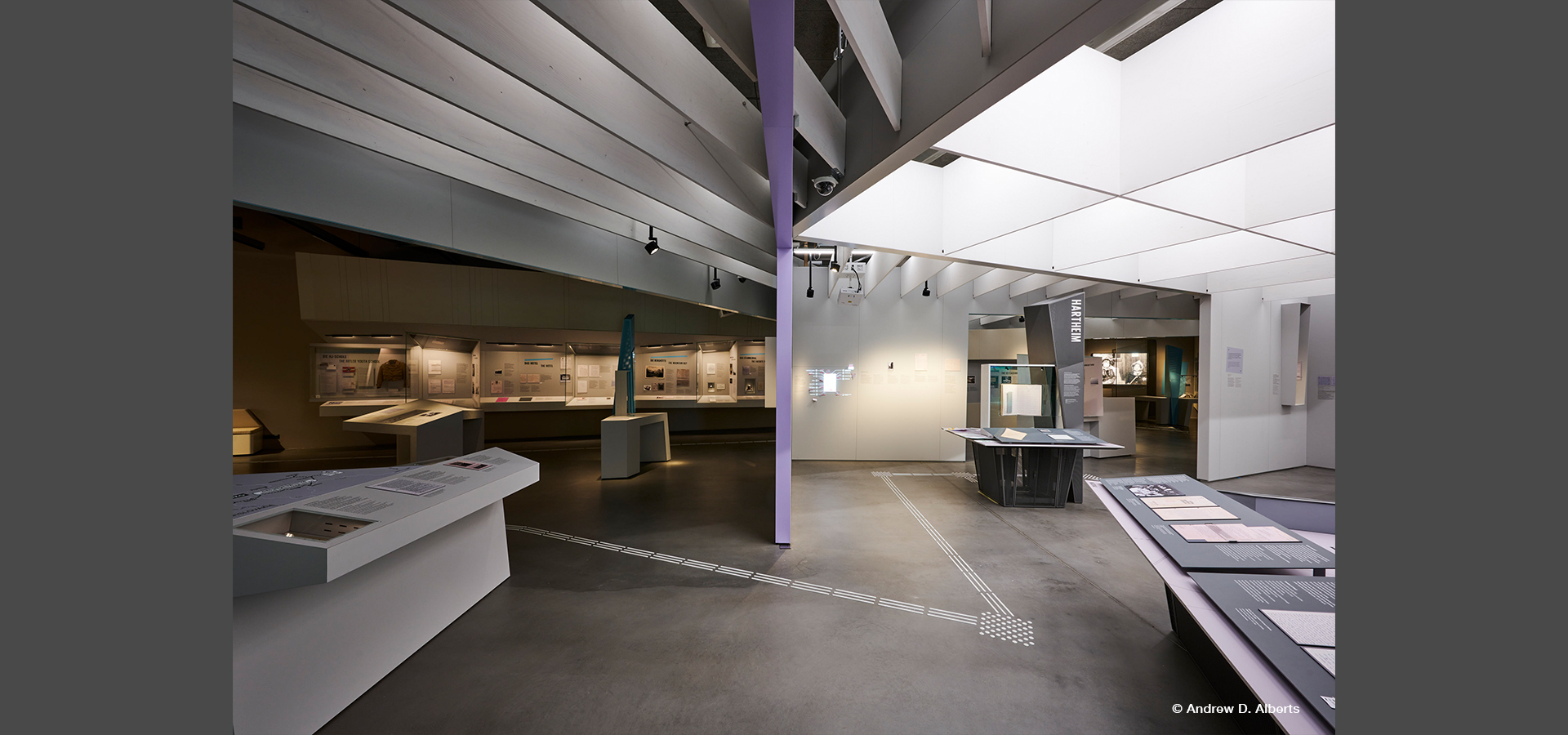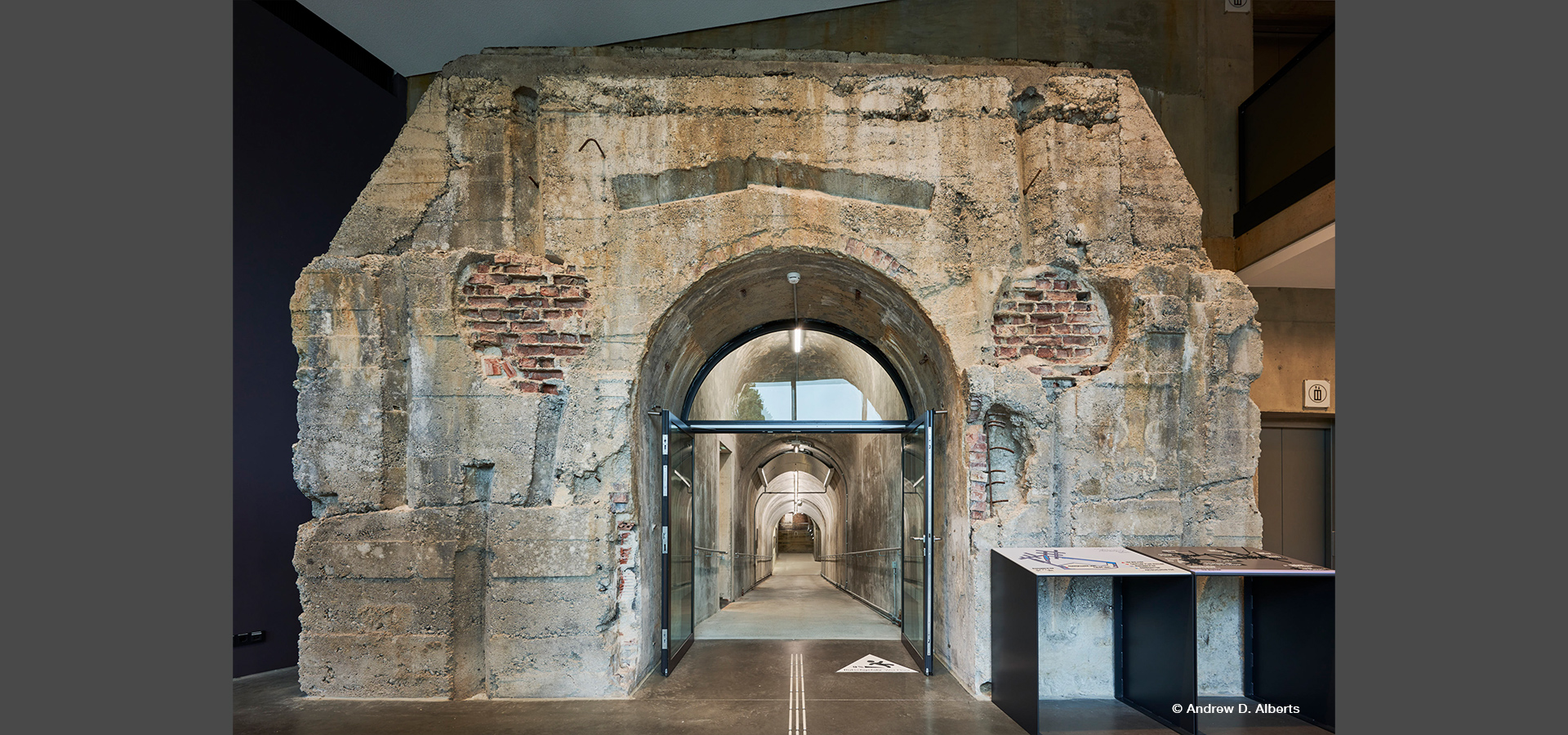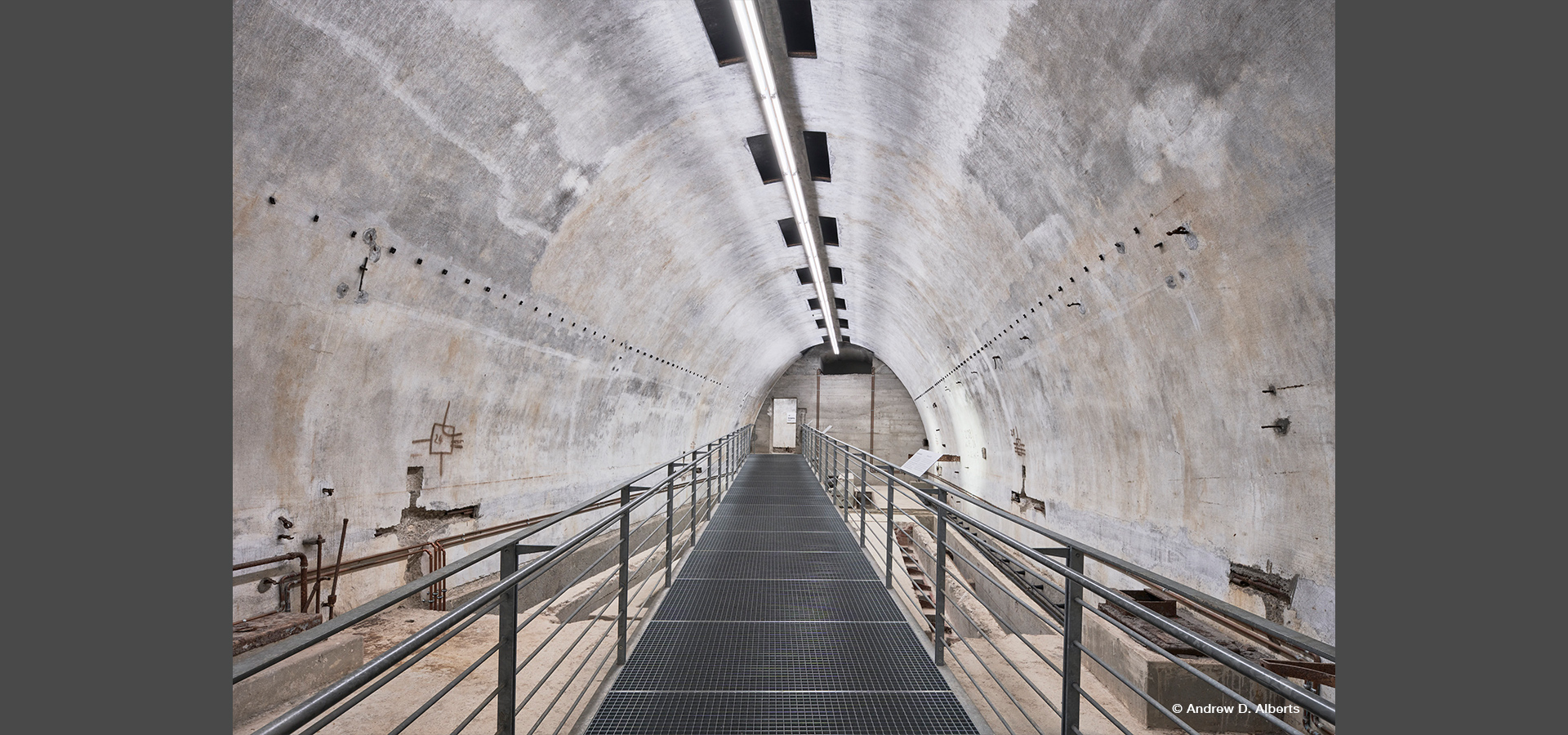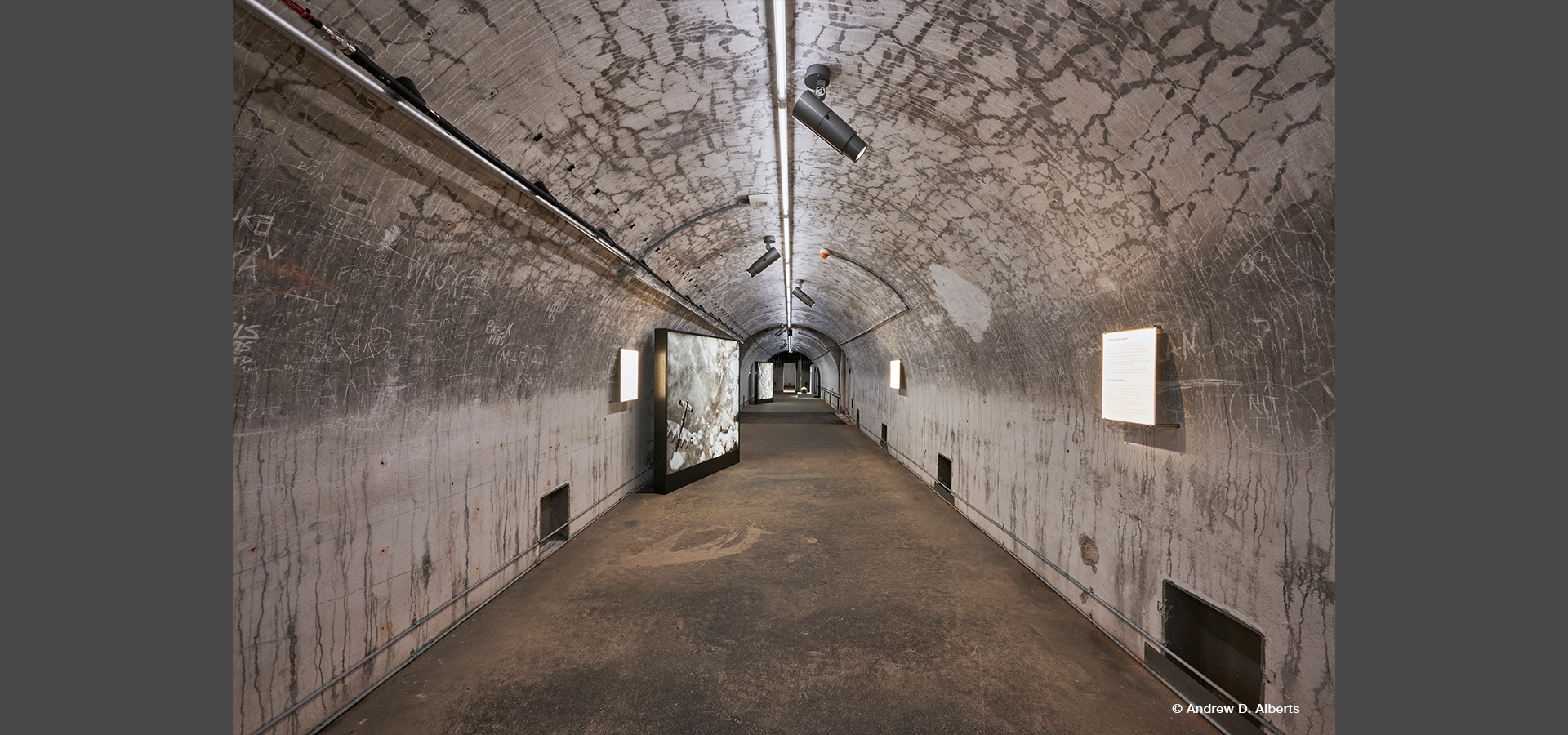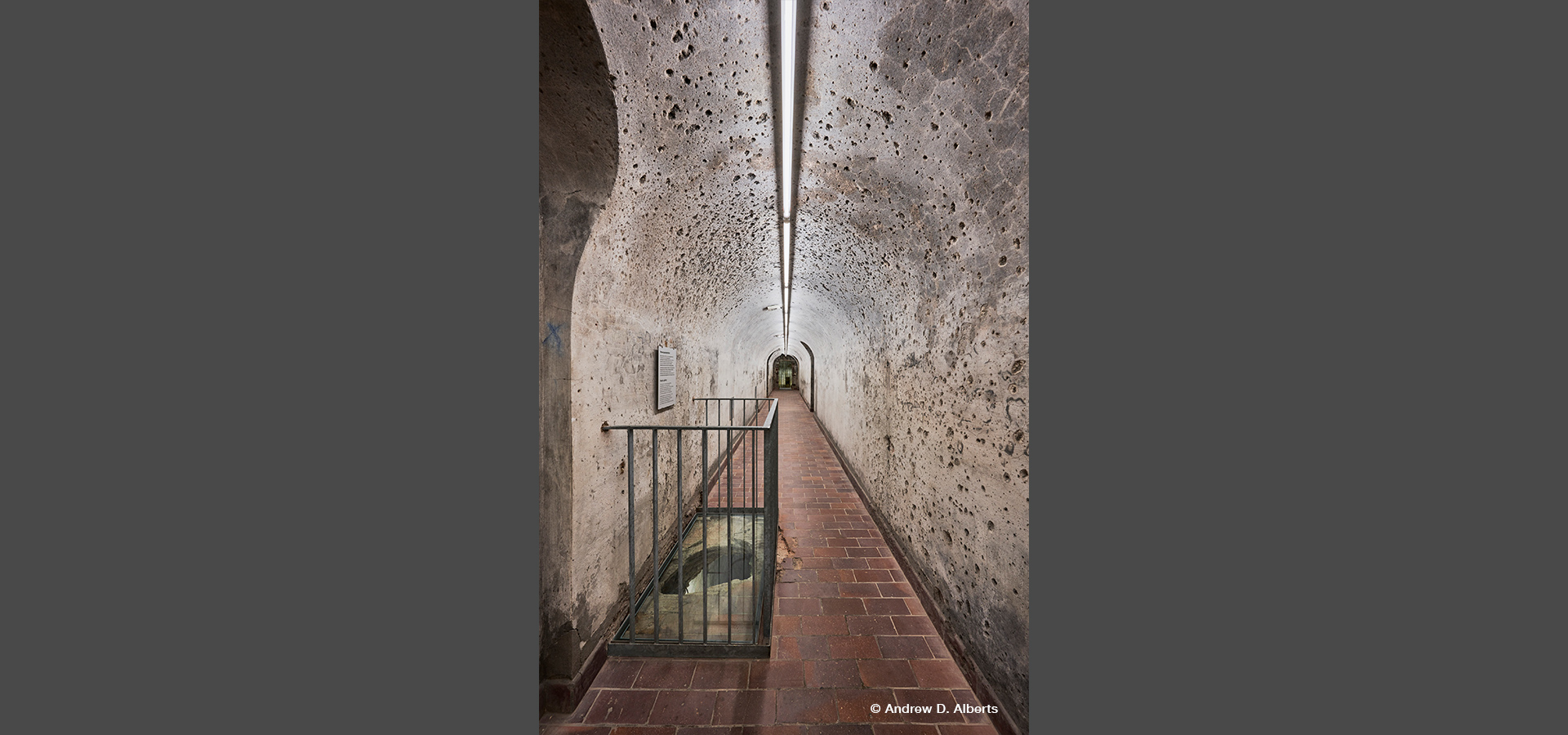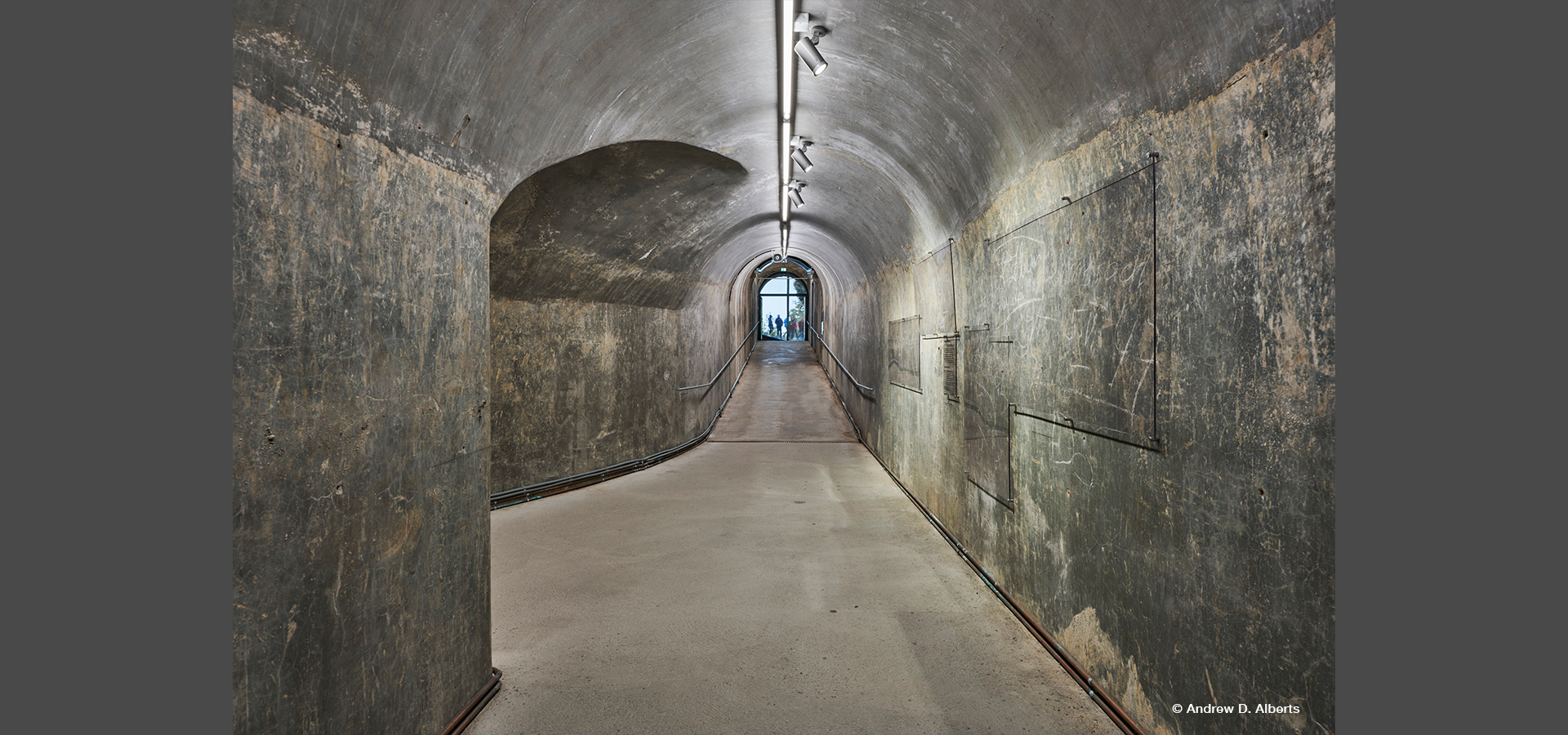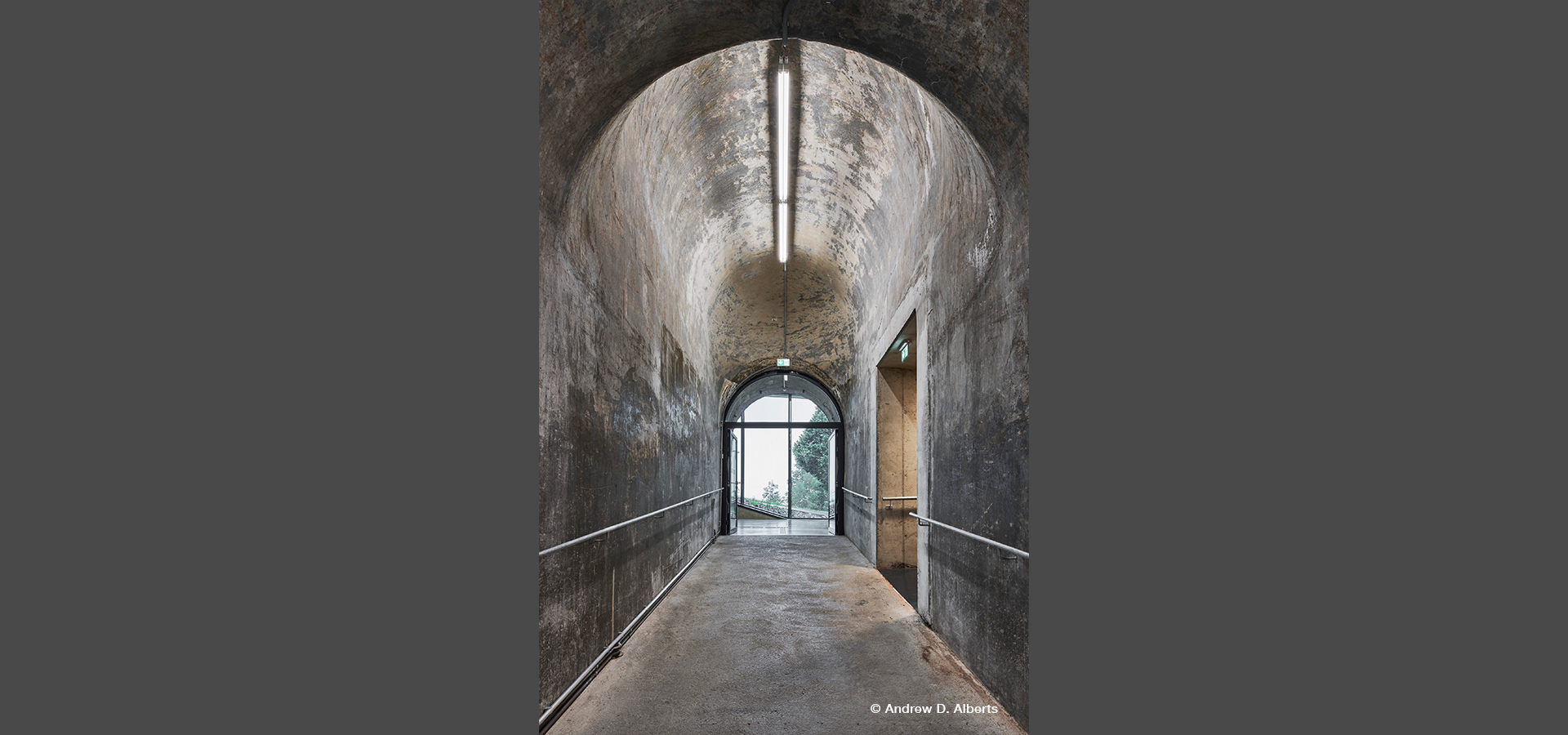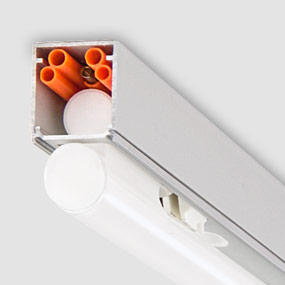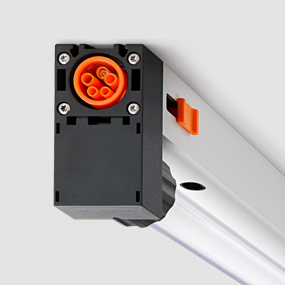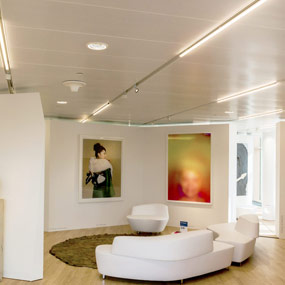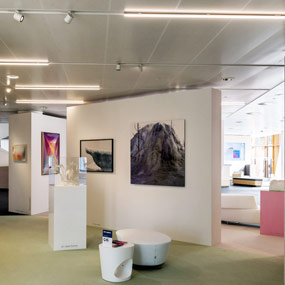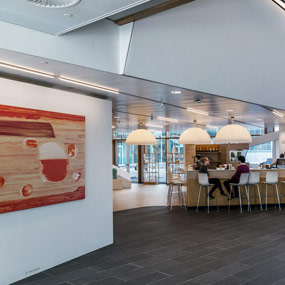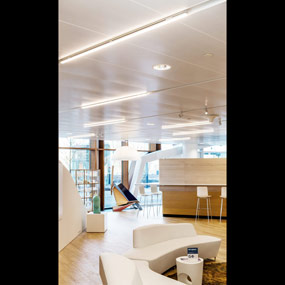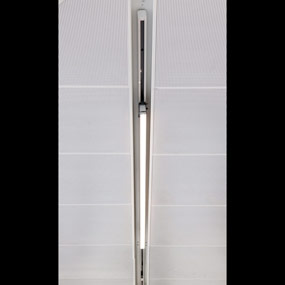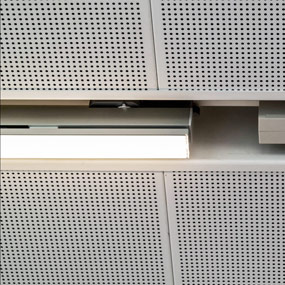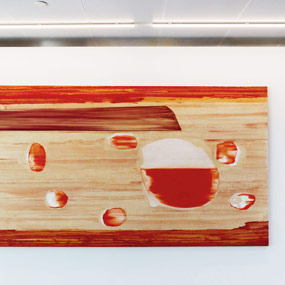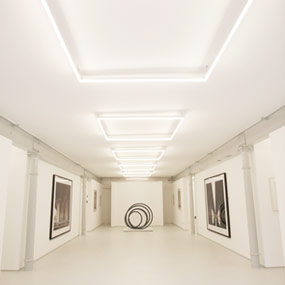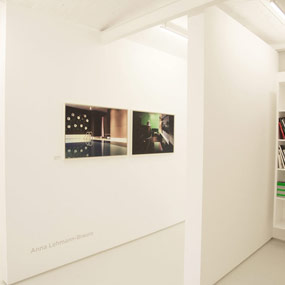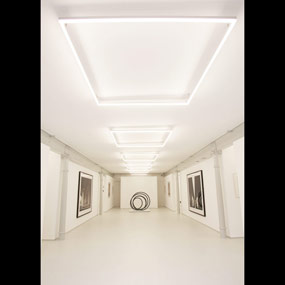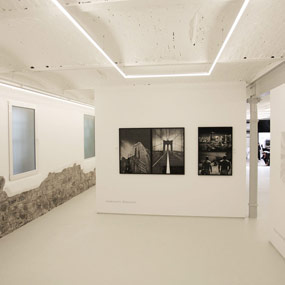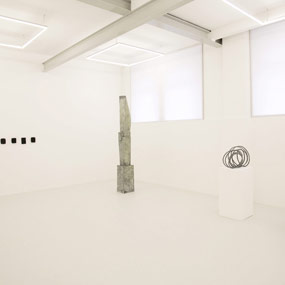Museum, gallery and exhibition lighting: Obersalzberg Documentation Centre
Shedding light on Horrific places - Exhibition Lighting at the Obersalzberg Documentation Centre
"Idyll and Crime" is the name of the permanent exhibition that opened to visitors at the newly opened Obersalzberg Documentation Centre in September 2023. It aims to sensitize visitors to the horrific role that the idyllic picturesque area of the Bavarian Alps above Berchtesgaden played in the Nazi dictatorship. The never diminishing importance of not letting history be forgotten. Lighting designer Anne Boissel from Berlin illuminates this sensitive topic with great sensitivity - using Luxsystem luminaires from HADLER.
The Nazi history of the Obersalzberg
The Nazi history of the Obersalzberg began in 1923, when Hitler discovered it as a private retreat. After the National Socialists came to power in 1933, Obersalzberg eventually became the Führer's own restricted area and evolved into an unofficial second seat of government in the following years. Nazi propaganda portrayed Hitler as an approachable "Führer" set against the backdrop of the Bavarian Alps. Kitschy illustrated books and wall decorations sold well. Behind the facade concealed the fact that the Nazi persecution and genocide were systematically planned from Obersalzberg.
After the fall of the Nazi dictatorship and the occupation by US troops, the buildings that had served as bases for the Nazis were blown up. The site was not to become a place of pilgrimage. In 1999, the original documentation centre was finally built on behalf of the Bavarian state government.
A new building was needed
Due to the unexpectedly high number of visitors it quickly became apparent that the infrastructure was being pushed to its limits. The decision was therefore made to create a larger space with a new building offering twice as much exhibition space. The architectural competition was won by Aicher Ziviltechniker from Dornbirn with a concept that integrates the accessible area of the bunker complex into a circular tour. The competition for the exhibition design was won by ramićsoenario – and the team included lighting designer Anne Boissel.
Exhibition design and lighting concept
The exhibition focuses on the stark contrast between how the place was romanticized as an idyll in the Nazi propaganda and how the inhumane crimes were actually planned from idyllic setting. Ramićsoenario deliberately opted for a concept of thin exhibition walls with openings to allow lines of sight between the two themes at all times: The outer zone shows the idyll and themes that are localized to Obersalzberg and the region. The inner zone takes exhibition visitors through the scenes of Nazi crimes all over Europe.
Lighting designer Anne Boissel from Berlin manages to subtly emphasize the contrast between the two themes with her careful and thoughtful lighting concept. She refrained from using twilight to emotionalize the horrific themes of the interior zone in a dark, gruesome way and insteadchose to illuminatee the darkest part of the story with neutral white, diffused light at 500 lx. The Nazi crimes are thus brought into the bright light. To achieve a shadow-free effect, the designers opted for a bulkhead ceiling into which the SL20.3 luminaire from HADLER is integrated.
The outer zone is kept in dim darkness. Only the exhibits on the exhibition walls are specifically illuminated by warm white spotlights. Original pieces in the display cases, are only to be illuminated with a maximum of 50 lx.
The lighting in the bunker
Another challenge for the lighting of the new Obersalzberg documentation Centre was the real exhibit of the actual bunker complex, which is part of the exhibition tour. Previously, ship fittings at knee height bathed the bunker corridors in ghostly light. Now, HADLER SL67.2 light lines on the ceiling carefully illuminate the room to a shadow-free 300 lx.
The neutral white light takes the creepy factor out of the bunker corridors and at the same time brings the historical graffiti to the fore, documenting the entire history of the bunker. The first ones were carved into the walls by forced labourers during the construction of the bunker, and later US soldiers also immortalized themselves there. The inscriptions are particularly visible in the part of the bunker where the burning of the Nazi files at the end of the war “coloured” the walls black with soot. The most important graffiti is illuminated with additional spotlights. "You suddenly see all these layers of time," says Anne Boissel, "but not in a romanticized way, but in an enlightened light."

